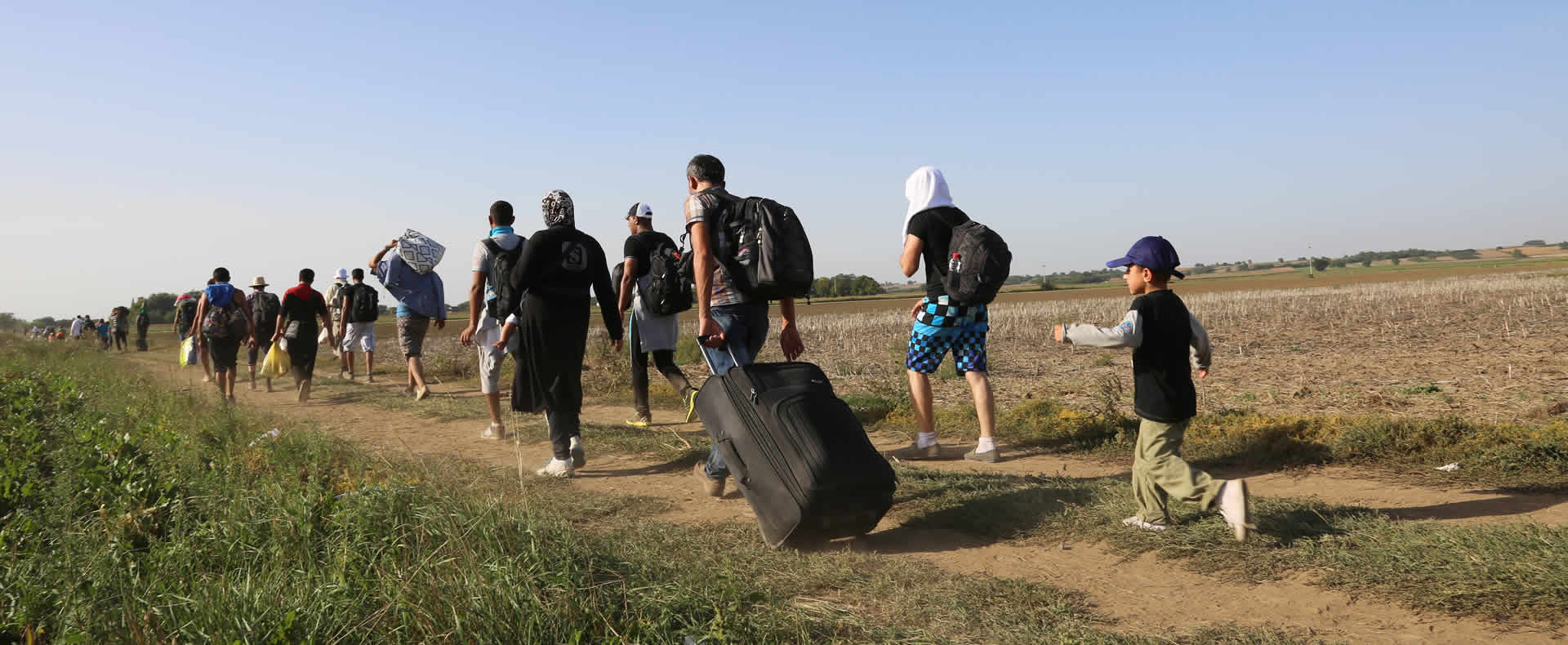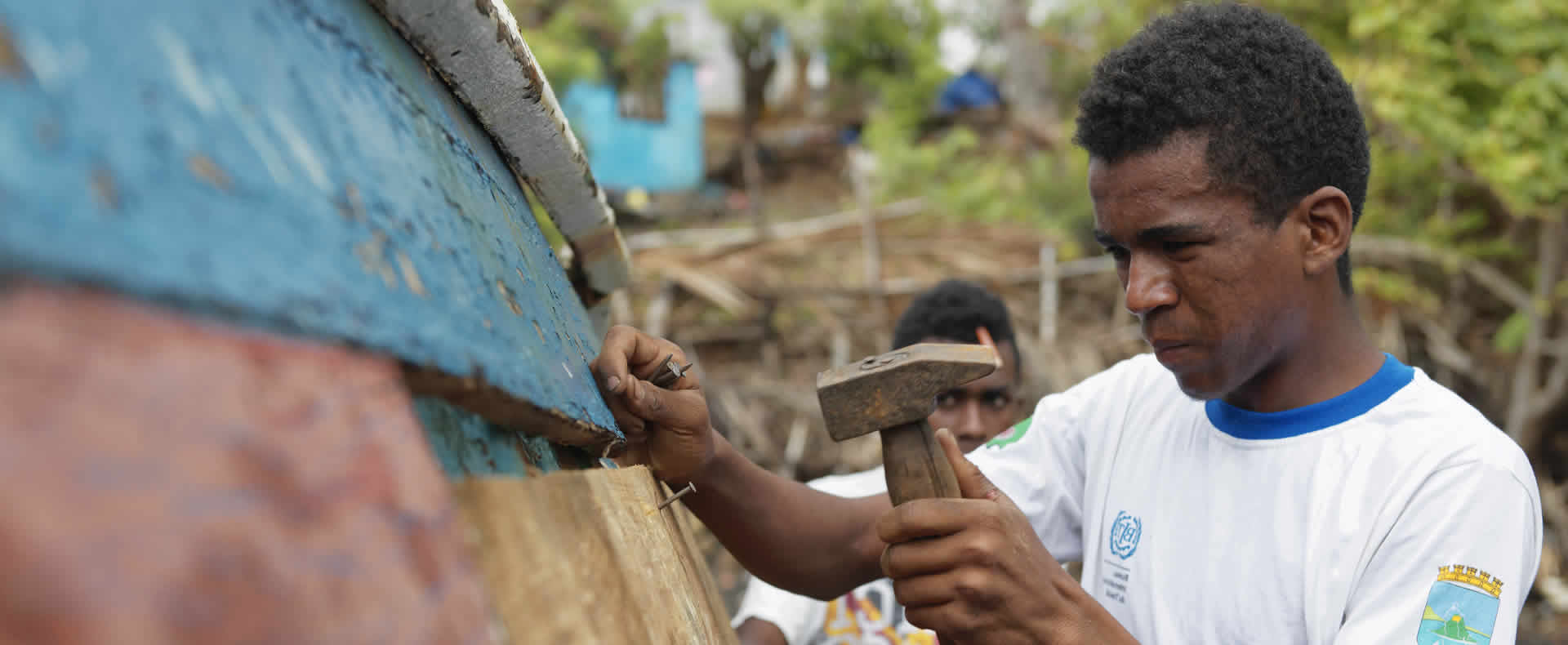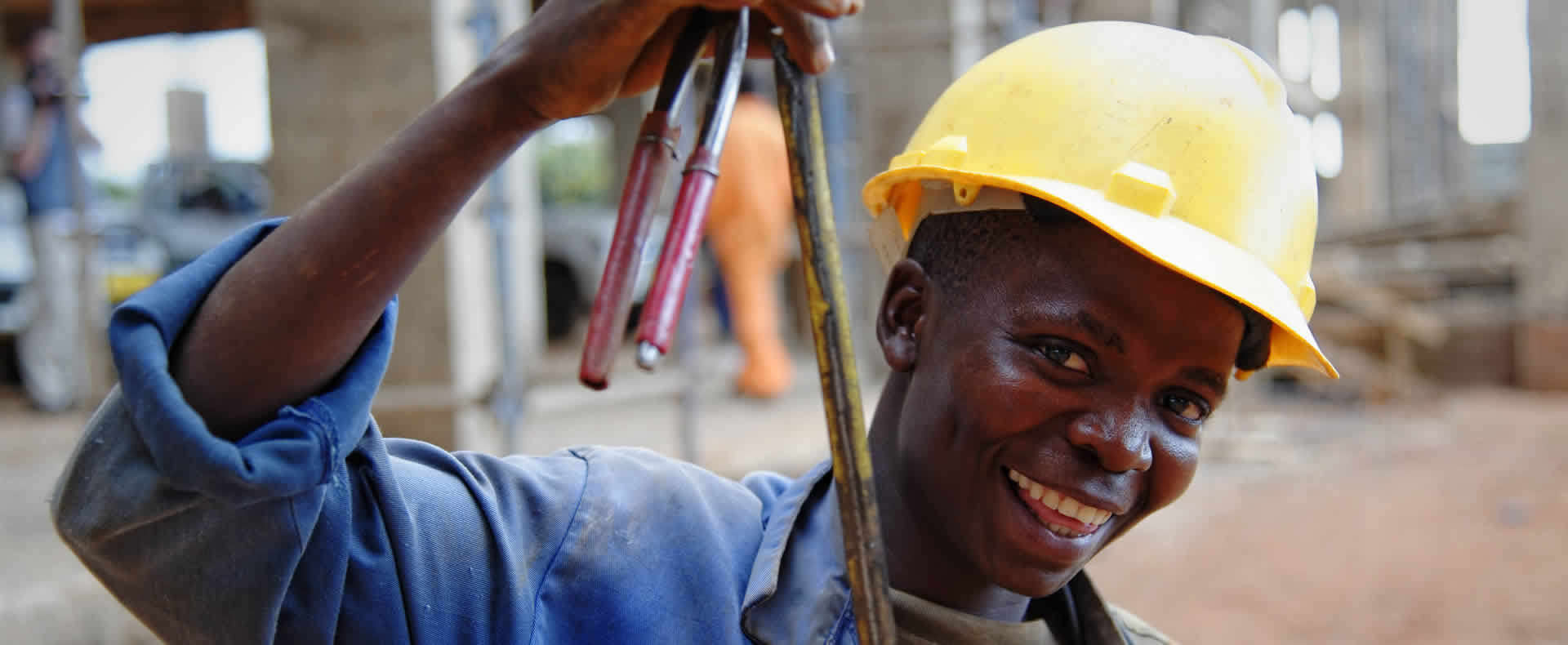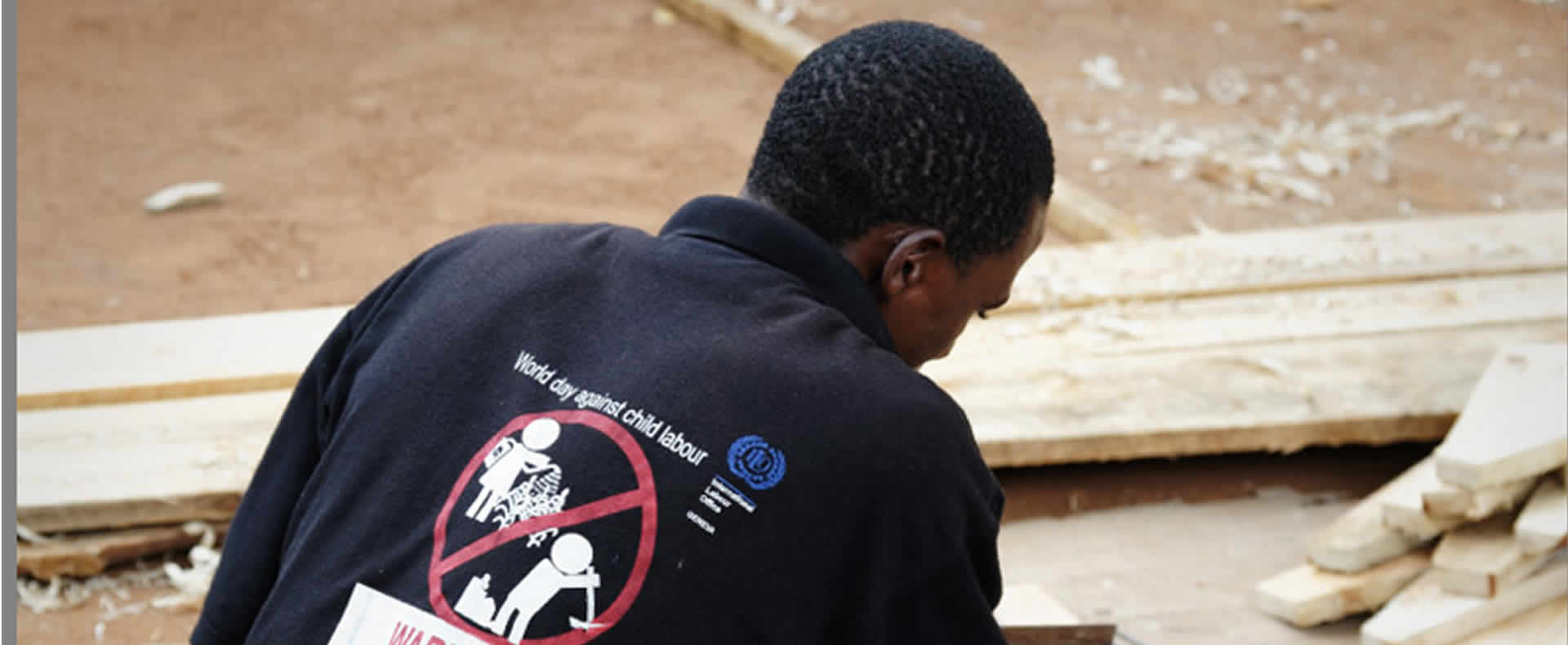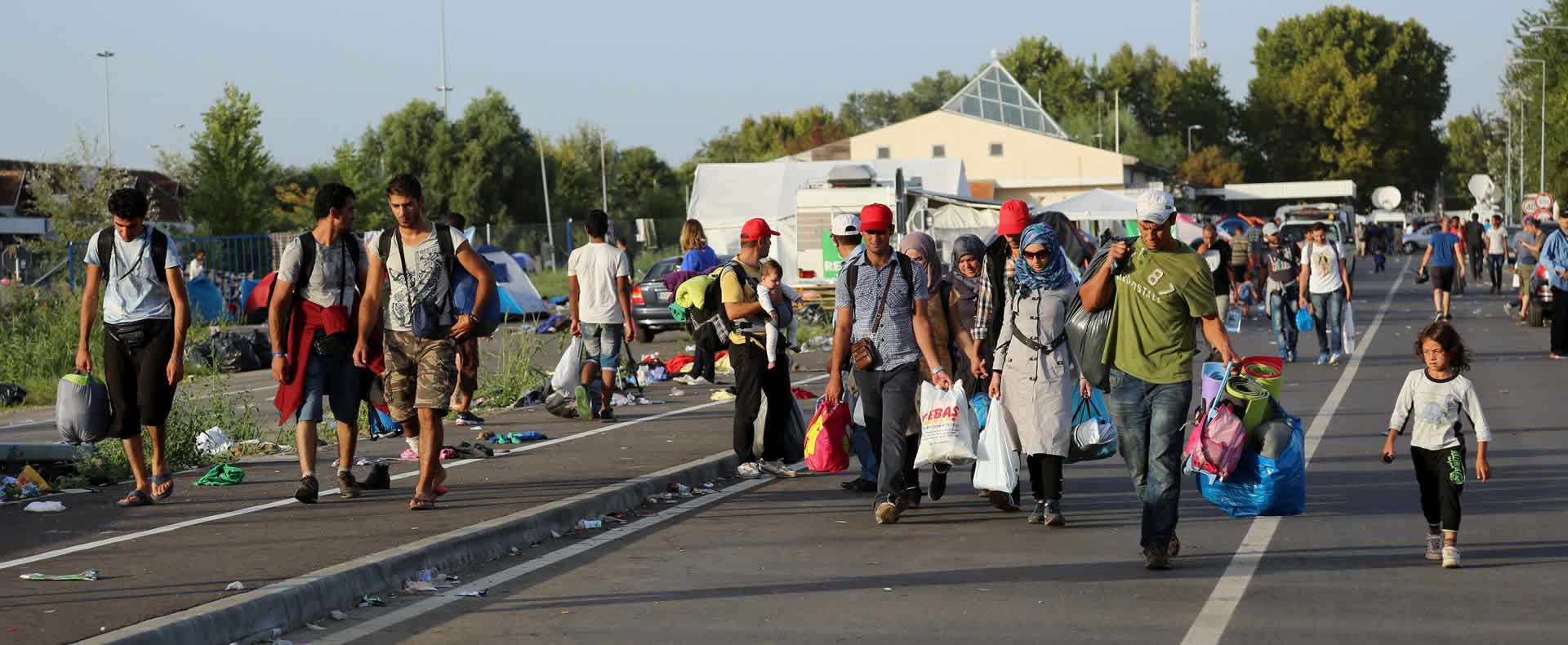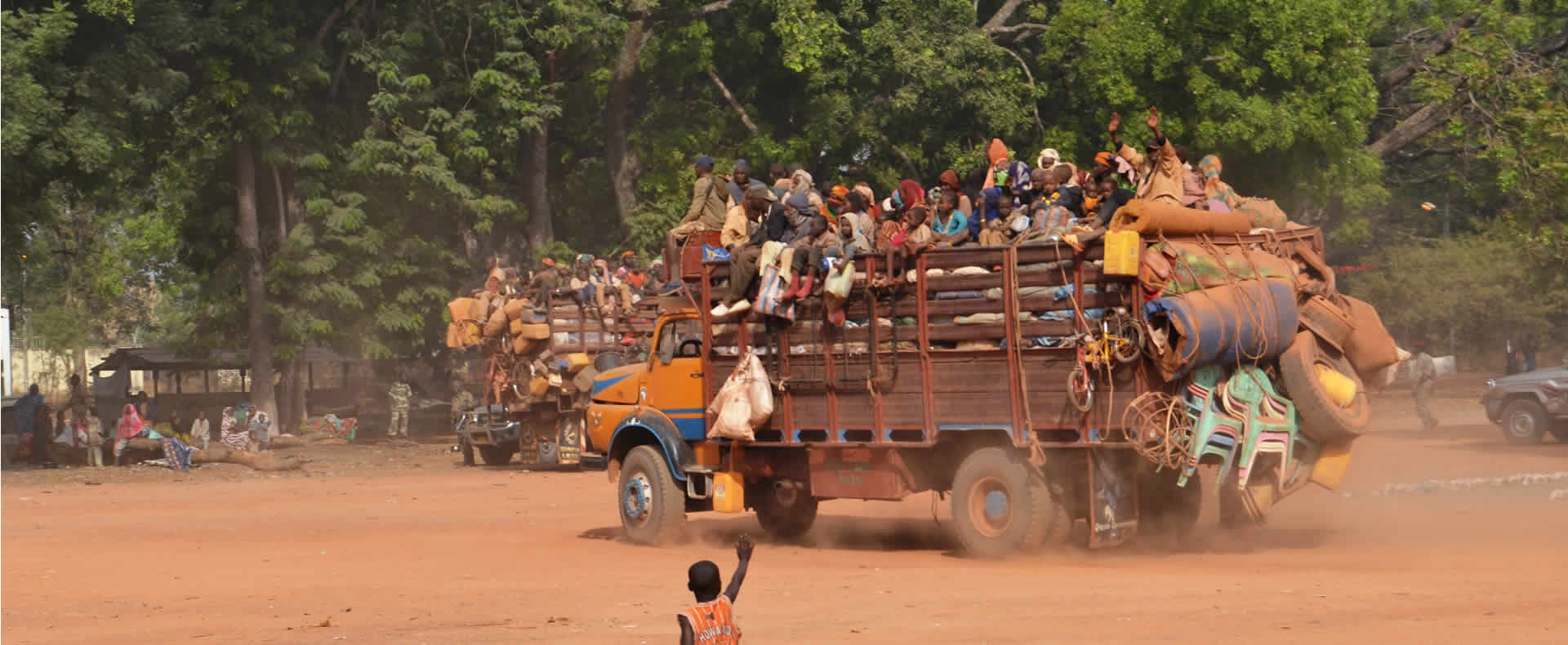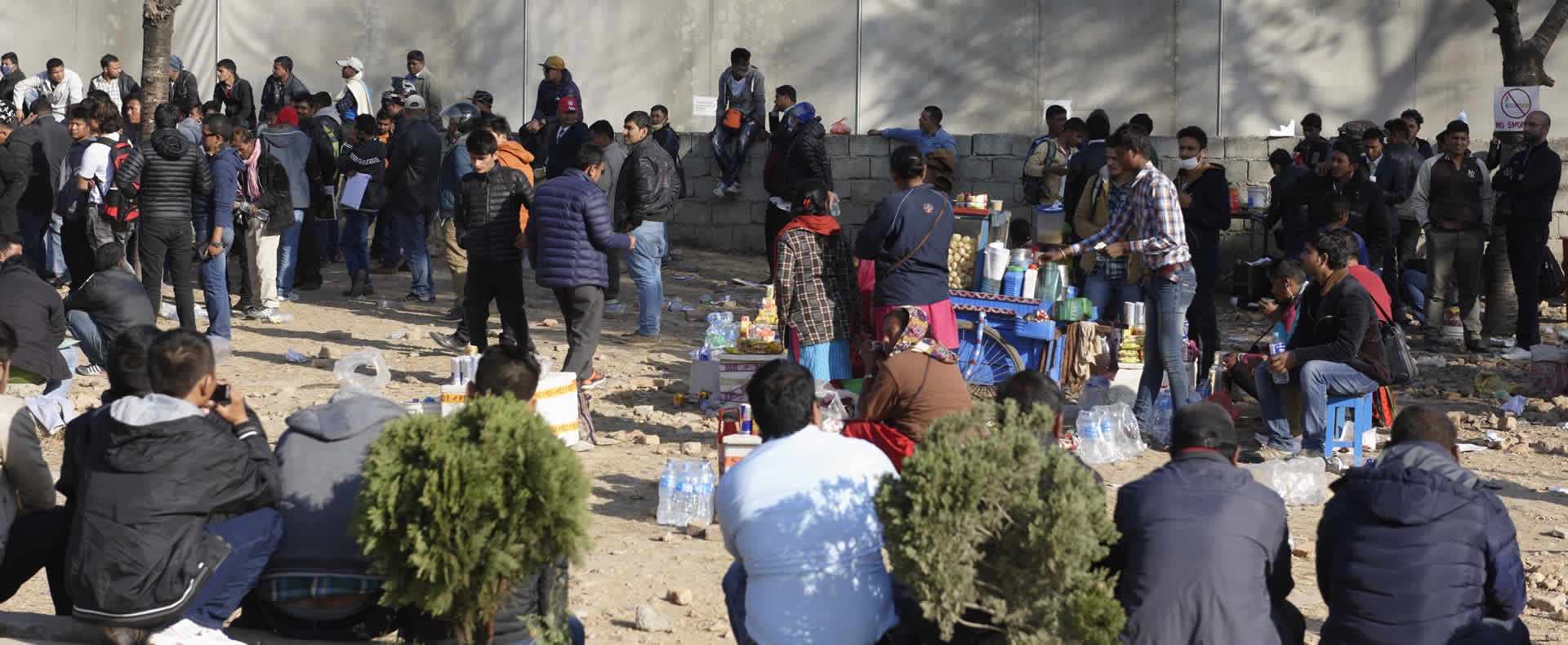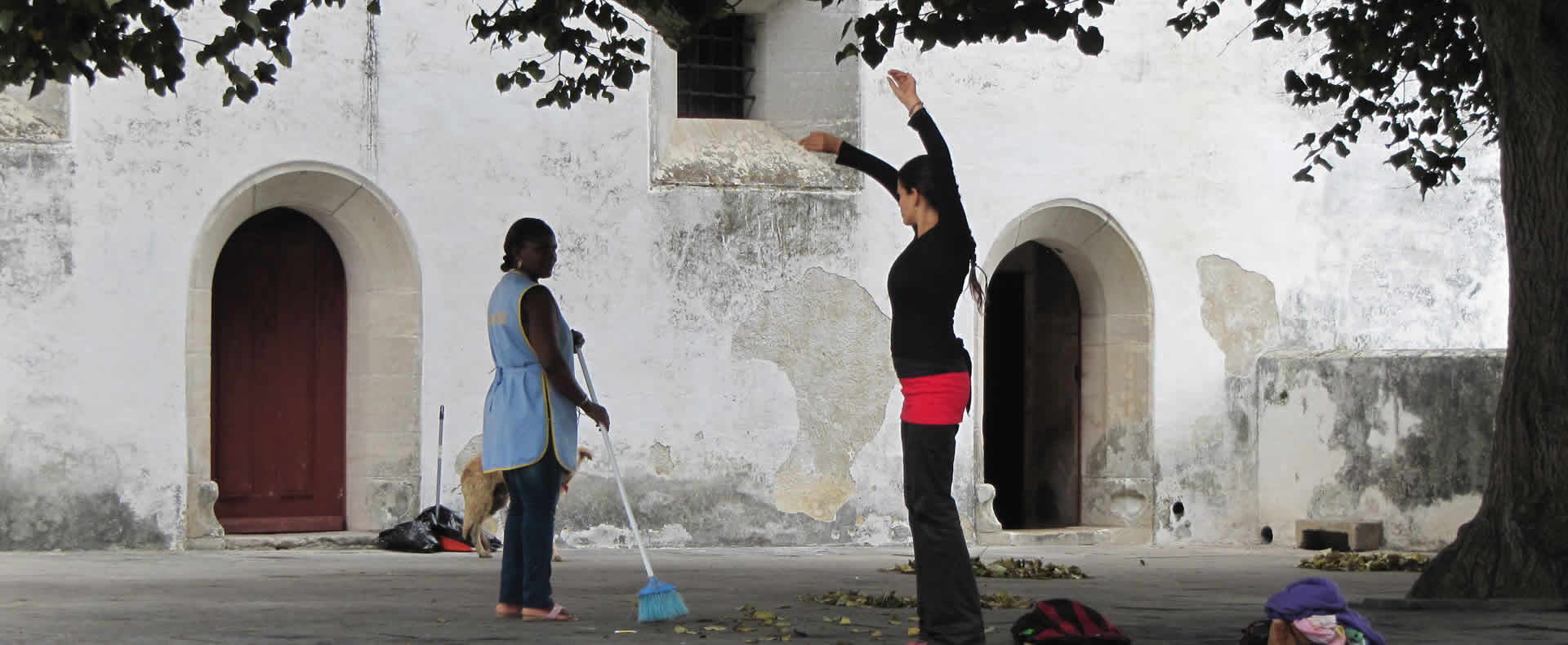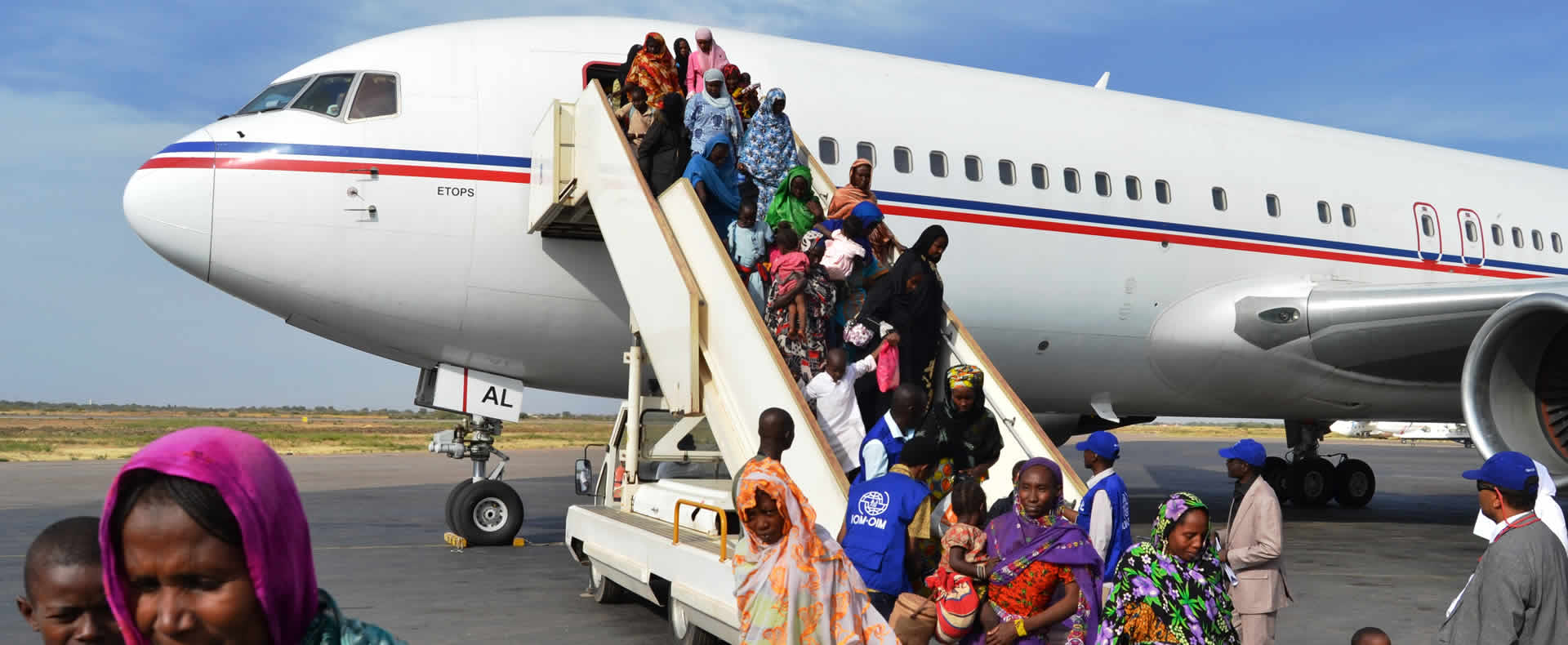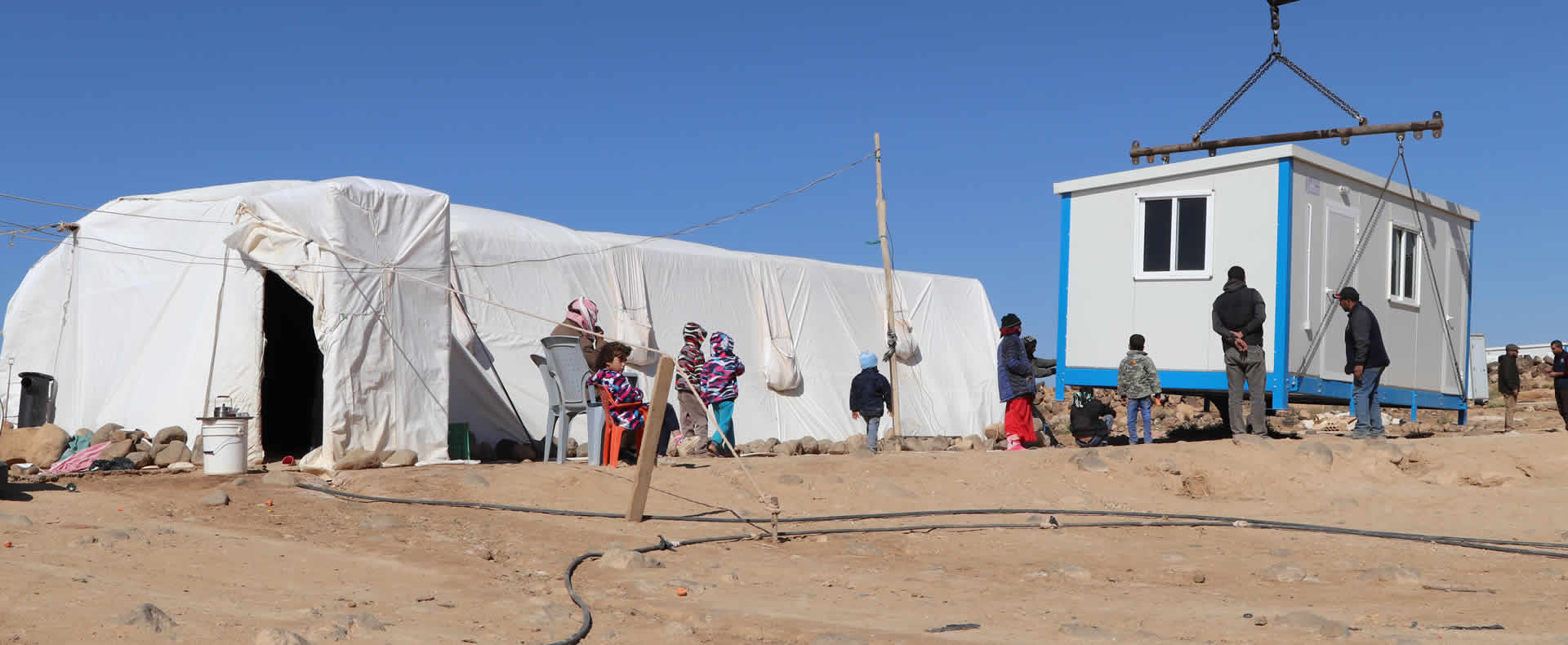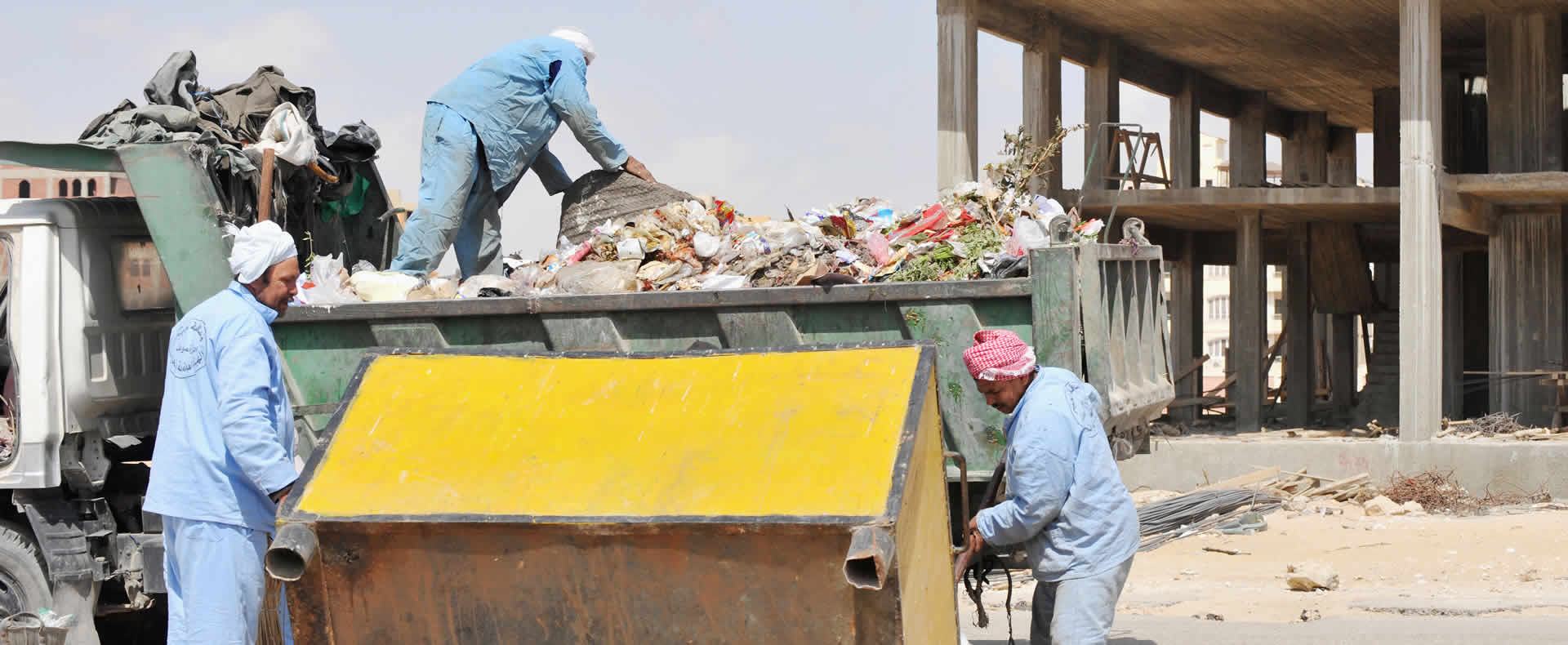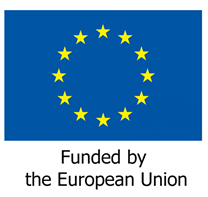- Media Advisory Launch of SAMM Media Toolkit “Reporting on Labour Migration in the SADC Region” & “Labour Migration Media Competition in the SADC Region” Awards Ceremony
- Launch of the Namibian Employers and Trade Union Labour Migration Network (NETUMN)
- SAMM LABOUR MIGRTION MEDIA COMPETITION: ENTER NOW!!
- SAMM LABOUR MIGRATION MEDIA COMPETITION
- SADC Diaspora Skills Unleashed: IOM Facilities Discussions
- 3rd Political Steering Committee Meeting
- Capacity Development Workshop on Addressing the Protection of Vulnerable Individuals in Mixed Migration Flows
- Capacity Building Training Workshop on Migration Data Management
- Enhancing the National Committee on Human Trafficking Secretariat
- Ending Trafficking: No One Left Behind
Project components
 LABOUR MIGRATION
LABOUR MIGRATION
Migration today is largely linked to the search for a job and better wages. Even if employment is not the primary driver, it usually features in the migration process at some point. Thus the importance of involving World of Work actors (Ministries of Labour, workers and employers’ organisations) and labour market institutions in fostering fair and effective labour migration governance, overall.
 MIXED MIGRATION
MIXED MIGRATION
Mixed migration refers to complex migratory population movements that include refugees, asylum seekers, victims of trafficking, migrant workers and other migrants, as opposed to migratory population movements that consist entirely of one category of individuals. The mixed nature of these movements, consisting of different groups of migrants with differing motivations to travel and different protection needs, makes it necessary to put in place migration policies, legislation and referral mechanisms that respond to individual needs.
Overall Objectives
To improve migration management in the Southern Africa and Indian Ocean region guided by, and contributing to, the realisation of the 2030 Development Agenda (goals 8 and 10).
Latest News
- 11Jun
Media Advisory Launch of SAMM Media Toolkit “Reporting on Labour Migration in the SADC Region” & “Labour Migration Media Competition in the SADC Region” Awards Ceremony
Read More → - 17Apr
Launch of the Namibian Employers and Trade Union Labour Migration Network (NETUMN)
Read More → - 11Mar
SAMM LABOUR MIGRTION MEDIA COMPETITION: ENTER NOW!!
Read More → - 24Nov
SAMM LABOUR MIGRATION MEDIA COMPETITION
Read More →
 English
English
